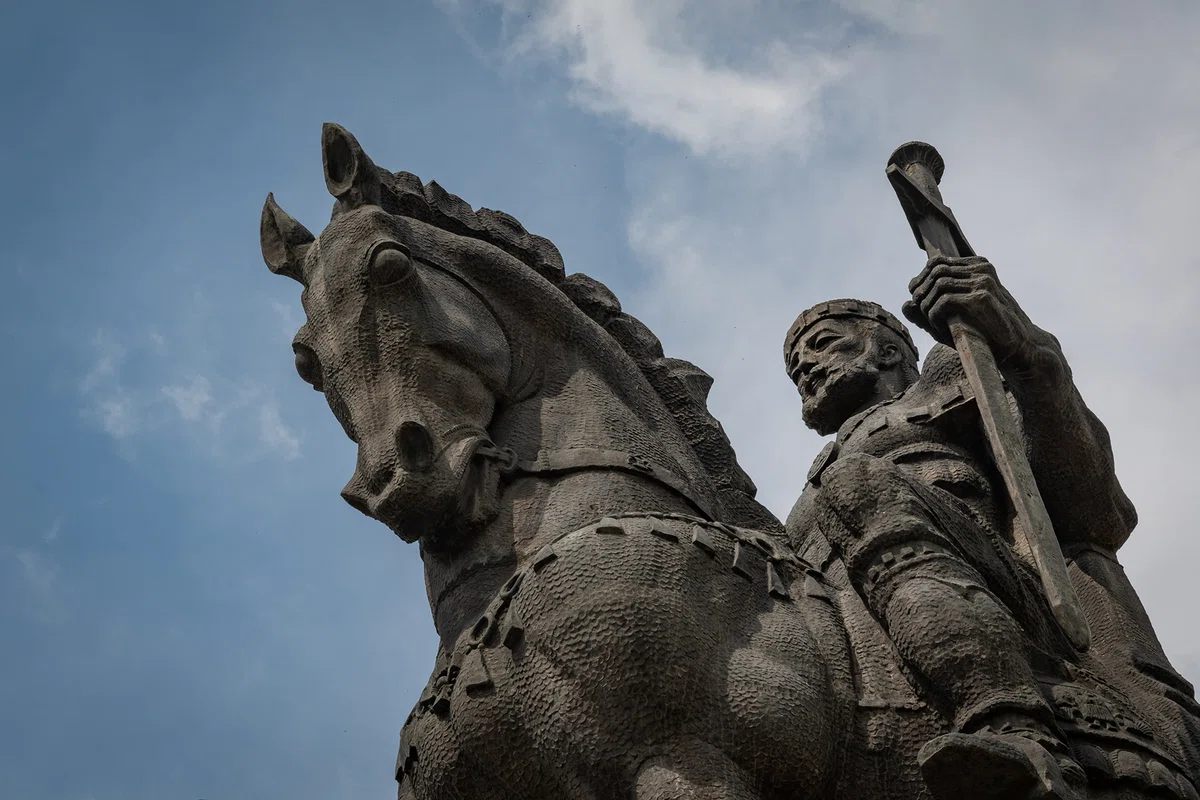
From King David to King David and George V are the most famous personalities in Georgian history.
The ups and downs of Georgia, as a state, have a direct connection with those royal persons who led the country - Queen Tamar, King David and George V. An important factor was also the alliances that Georgia concluded with its neighbors...
The XI century brought new challenges for the Georgian state. The invasion of the Seljuk Turks began, which brought with it the destruction of cities and villages, as well as great human sacrifices. Weakened by internecine wars, Georgia could not resist the new enemy.
A great role in the fight against the conquerors was played by the Georgian king David of the Bagrationi dynasty, who ascended the throne at the age of sixteen. A talented commander and wise ruler, David was able to unite the princes who were at war with each other and raise the Georgian people to fight the Seljuk Turks. Having inflicted a number of crushing defeats on the enemy, David was able to achieve the liberation of the country from the invaders, and, having occupied Tbilisi, completed the unification of the Georgian principalities into a single state.
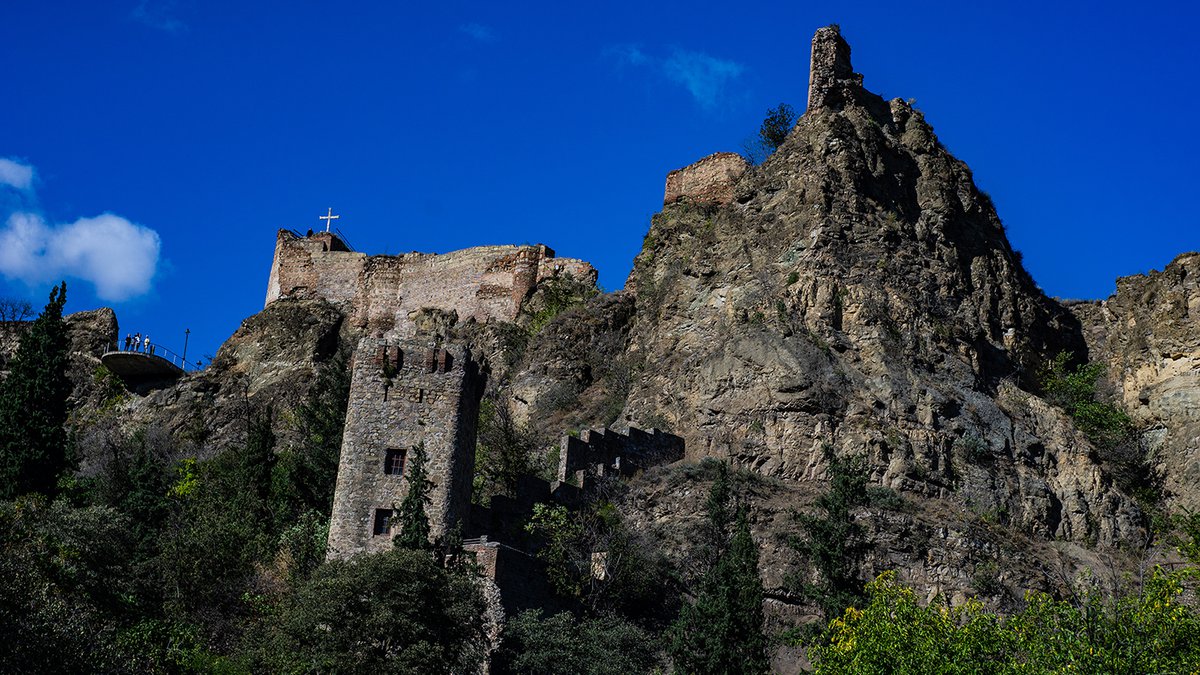
David sought to strengthen the country and expand its territory. Thus, during his reign, two militant peoples joined the Georgian state: the Polovtsians and the Ossetians. In order to consolidate political ties, the tsar became engaged to a Polovtsian princess.
The decisive battle between the armies of King David and Sultan Mahmud took place in 1121. Despite the fact that the number of the Ottoman army many times exceeded the Georgian one, the victory remained with the latter. An interesting fact: the battle took place in a narrow gorge, the exit from which, by order of David, was blocked in order to prevent the retreat of his troops.
King David paid wide attention not only to the country's foreign policy, he was also actively engaged in transformations in the domestic political, economic, religious and public spheres of the state.
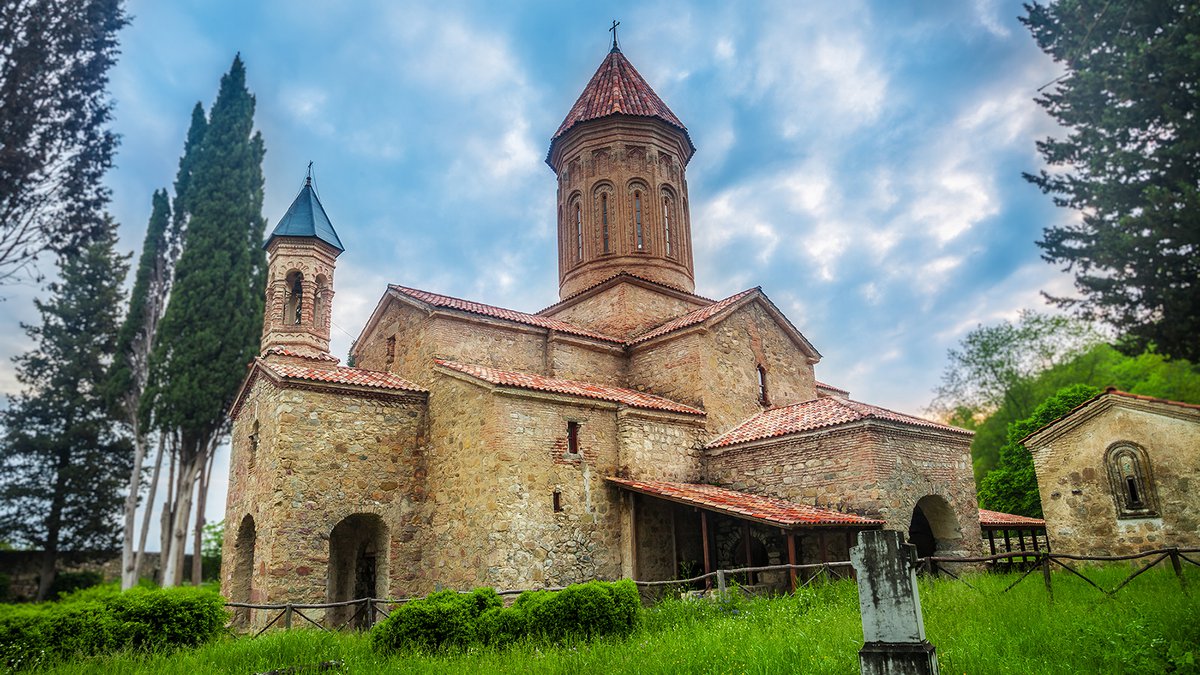
During the reign of David, active urban construction was carried out, roads and bridges destroyed by wars were restored, churches and caravanserais were erected. David is considered the founder of the famous Gelat Academy. For his activities, the king was named David the Builder.
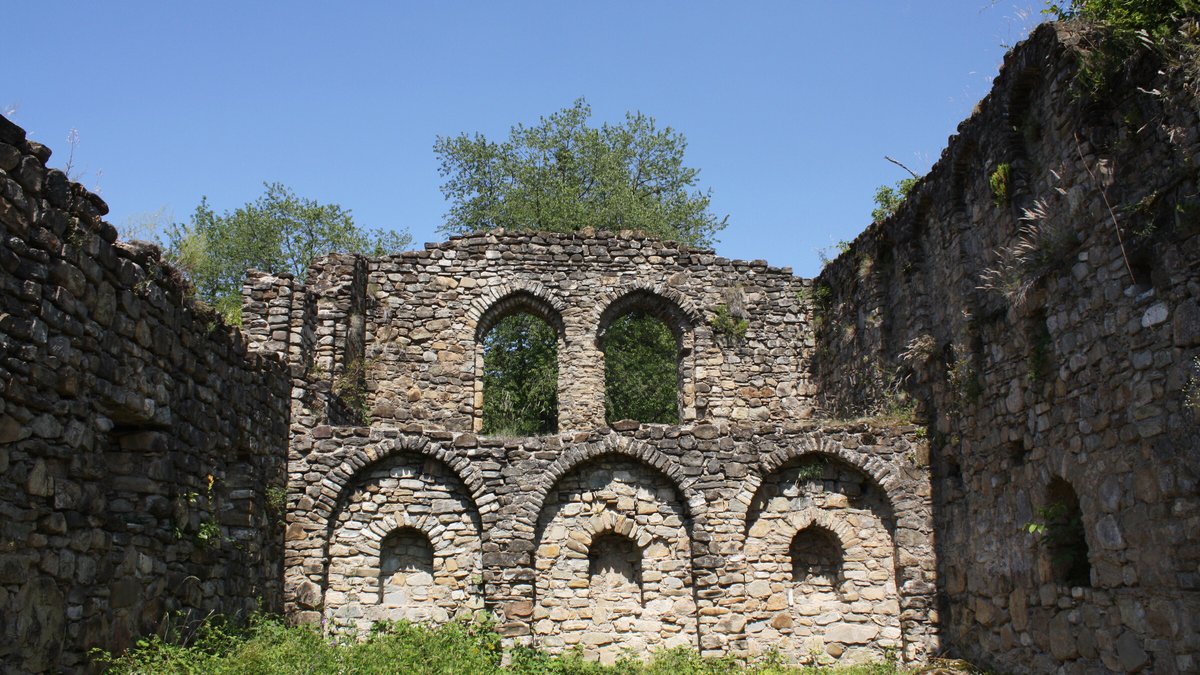
The centralized Georgian state reached its peak during the reign of David's great–granddaughter - in 1184, Queen Tamara ascended the throne. The time of her reign is called the Golden Era of Georgian history. This period, which is small by the standards of history (almost 30 years), is marked by the rise of urban planning, agriculture and crafts, the expansion of trade relations and the development of culture.
Unfortunately, a significant part of the literary works of Tamara's period has been lost. Of the extant ones, the most famous is the epic poem "Knight in Tiger Skin", written in Georgian by the author Shota Rustaveli.
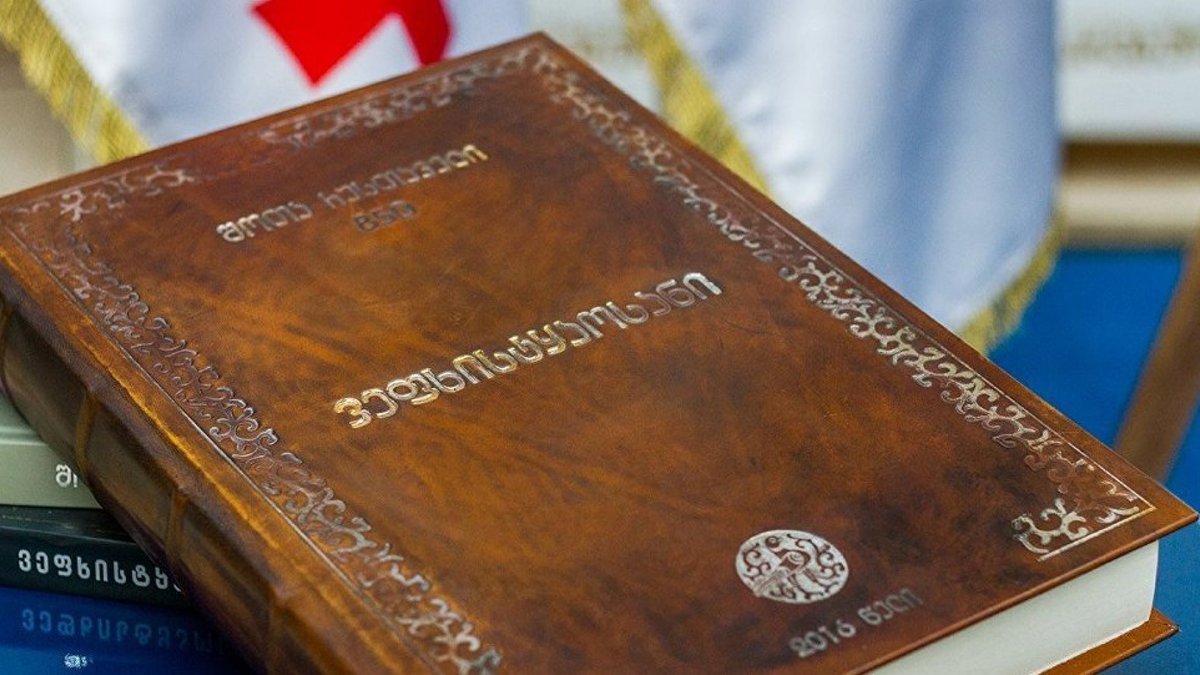
During this period, the construction of temples and churches, defensive structures and urban infrastructure continued. The church architecture is distinguished by the richness of decor and picturesqueness.
Little is known about the life of Tamara herself, only two written sources have survived to this day
The power of the Georgian state did not last long. Already in the second half of the XIII century, Georgia was again attacked from outside – now by Mongol-Tatar hordes. The East and South of the country fell under the onslaught of the invaders, but the western part of the state was able to resist.
The Mongols ravaged the eastern Georgian lands, undermined agricultural life, destroyed small towns and villages. Big cities have faded away. Against the background of the Mongol conquests, the centralized power of the tsars began to lose ground in favor of the great princes.
The Georgian people managed to restore a strong state only at the beginning of the XIV century. Tsar George V. led the country into a new life . He managed to carry out several successful reforms in the domestic policy of the country. However, half a century later Georgia fell under the onslaught of the Horde state created by Timur. For 17 years, the country was plundered by the Mongol hordes and came out of the war incinerated.
In the XV – XVIII centuries, Georgia was in a period of fragmentation. Principalities and kingdoms were formed from the territory of an integral state – Kartli, Kakheti, Imereti, Megrelia, Guria, Abkhazia, etc., for which Iran and Turkey fought until the end of the XVIII century. According to the St. George's Treaty of 1783 between Georgia and Russia, Eastern Georgia recognized the patronage of the Russian Empire. The annexation of Eastern and Western Georgia to Russia took place at the beginning of the XIX century.
And the history of Georgia's formation as a state did not end there. After the collapse of the USSR, the Georgian Republic declared sovereignty and became independent from anyone. From that moment, the formation of modern Georgian culture and the development of the country began.
Today Georgia is rightfully recognized as a tourist country, where millions of tourists annually flock to admire the sights, some of which are more than 2000 years old.
In addition, the government of the country is focused on the development of IT technologies, agriculture and is actively engaged in attracting foreign investors and entrepreneurs. To do this, special preferential conditions are introduced for foreign citizens, grants are issued and the business registration procedure is simplified as much as possible.
Read more about how to make money in Georgia in a special section on the pages of the madloba catalog!












37 comments
Log in to leave a comment